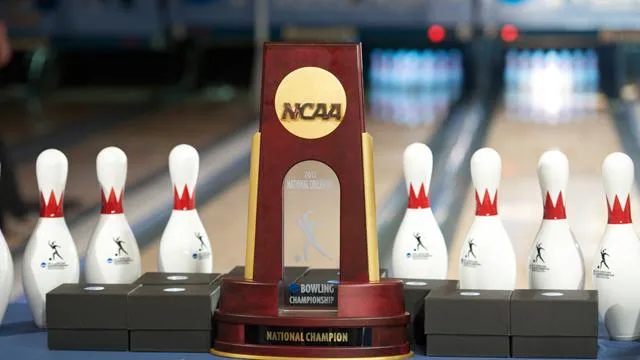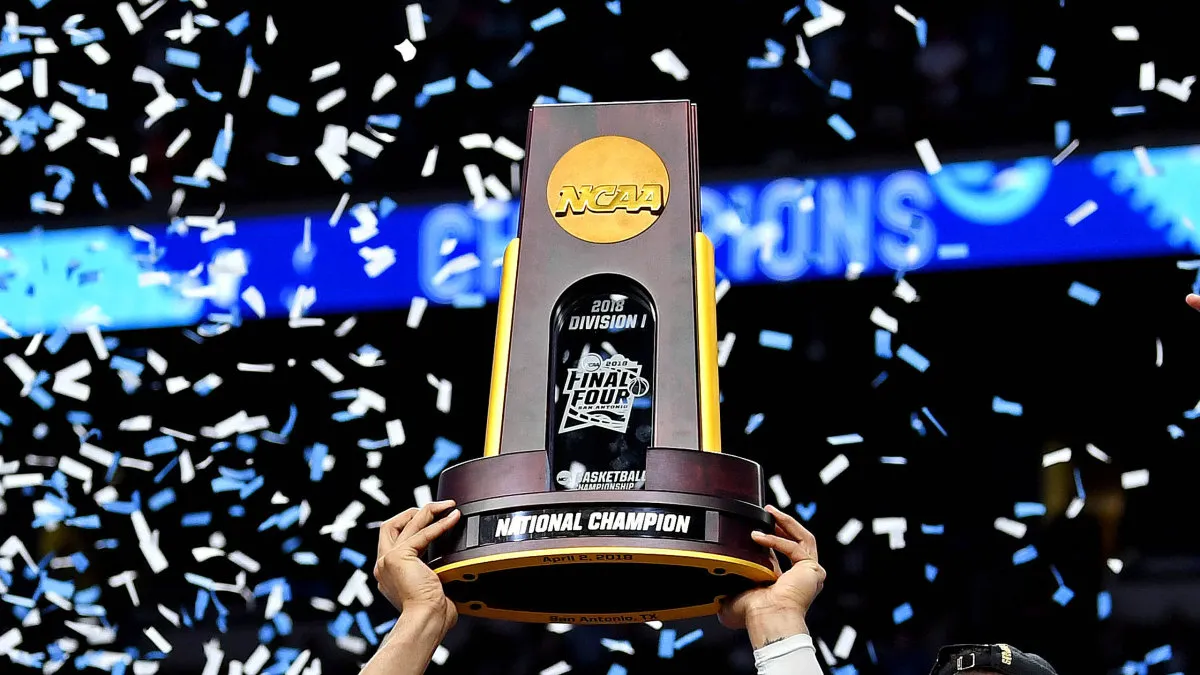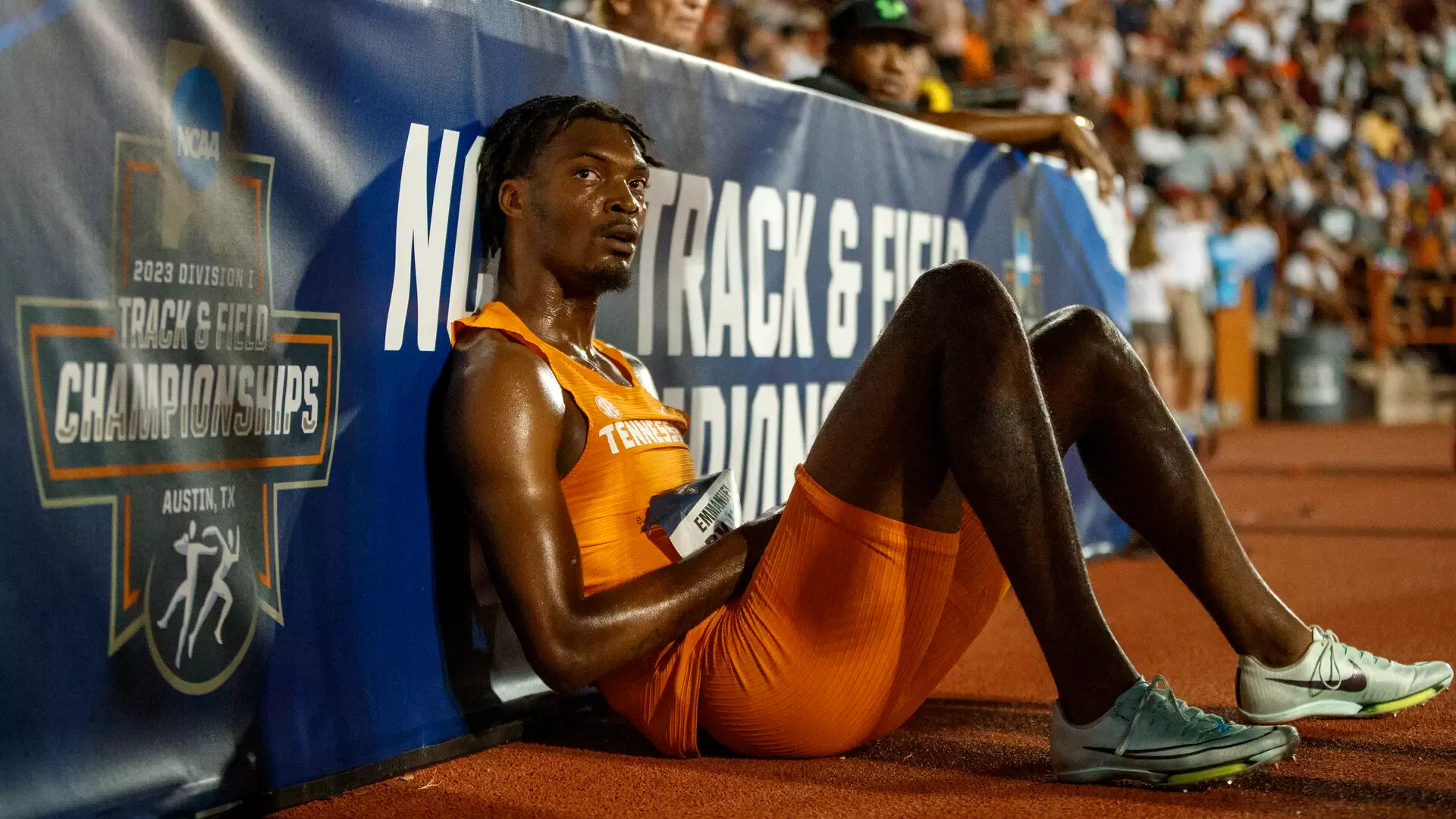Is Bowling a College Sport?
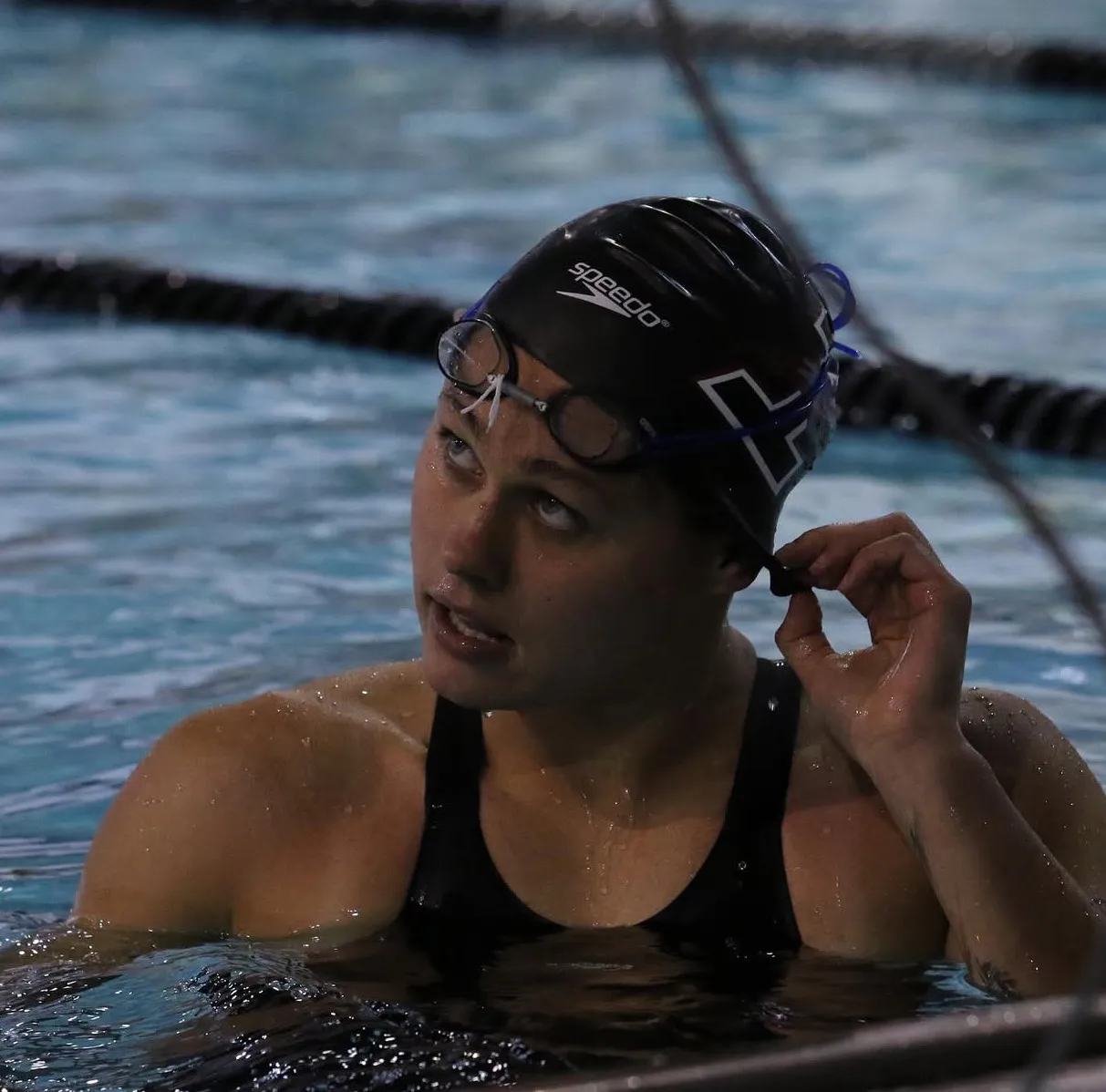
Maria Rezhylo
All-American swimmer & swim coach
When most people think of bowling, they imagine a Friday night out with friends or a casual birthday party at the local lanes. But behind the fun lies a deeply competitive and strategic sport—and yes, it's a college sport.
At the collegiate level, bowling isn't just for recreation.
It's structured and competitive, offering opportunities for scholarships, national rankings, and even televised championships.
With over 90 NCAA programs for women and numerous teams at the NAIA, NJCAA, and club levels for men and women, collegiate bowling is a thriving community with real opportunities for student-athletes.
This article will explain the role of bowling in college athletics, how scholarships work, the competitive structure, and how you or your athlete can be recruited.
Whether you're just starting out or already racking up strikes at youth tournaments, this guide will show how bowling, as an emerging sport, can be your path to higher education.
Yes, Bowling Is a College Sport
NCAA Bowling for Women
Women's bowling is officially recognized as an NCAA varsity sport.
It operates under NCAA regulations, showcasing a competitive championship season with a national title contested every spring.

Over 90 member institutions across Division I, II, and III sponsor women's varsity bowling programs.
These programs offer full seasons, coaching staff, athletic department resources, and—most importantly—the opportunity to compete at the highest collegiate level.
The NCAA is a clear and well-supported path if you're a female bowler looking to take your game to college.
What About Men?
There's a common misconception that men can't bowl in college.
While it's true the NCAA doesn't officially sponsor men's bowling, the sport is very much alive through other collegiate athletic associations:
- NAIA (National Association of Intercollegiate Athletics)
- NJCAA (National Junior College Athletic Association)
- Club teams and USBC-sanctioned competitions
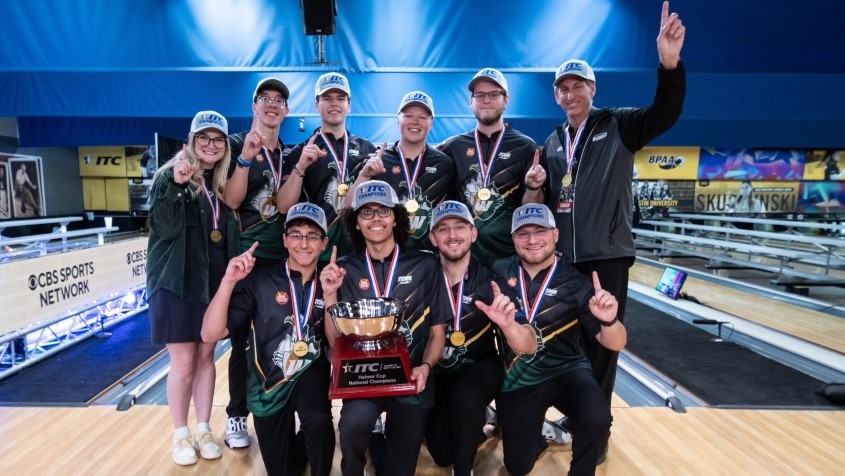
Some of the most competitive men's teams compete through the USBC Intercollegiate Team Championships, which brings together top male and female club teams nationwide.
These teams often travel nationally, compete in elite events, and maintain rigorous training and academic schedules similar to those of their NCAA counterparts.
Inside a College Bowling Season
Season Structure & Competition Format
College bowling teams typically compete across the fall and spring semesters, with the championship season culminating in April.
Events vary in format, but the NCAA uses a Baker scoring system, where each of the five team members bowls two frames per game in a rotating order.
It's fast-paced and team-oriented—far from your typical solo bowling league.
Tournaments often feature round-robin matches, bracket elimination rounds, and championship formats that test both individual and team consistency.
Athletes compete at home and travel for regional or national events, accumulating scores and rankings that impact postseason seeding.
Varsity vs. Club Teams
Varsity teams are official athletic programs. The school funds them and is led by professional coaching staff.
Club teams, on the other hand, are student-run but can still be highly competitive, especially for male athletes or those at schools without varsity options.
Some universities offer both club and varsity levels of competition.
For example, a school might sponsor an NCAA women's team while also hosting a co-ed club team that competes in USBC events.
Bowling Scholarships: Yes, They Exist
If you're aiming to get your college paid for through bowling, here's the good news: many schools offer athletic scholarships for college bowlers, especially at the NCAA Division I and II, NAIA, and NJCAA levels.

However, bowling is considered an equivalency sport.
This means coaches are given a set number of scholarship "dollars" to divide among the team. So, rather than full-ride offers across the board, many bowlers receive partial scholarships that are combined with academic aid or need-based financial packages
- NCAA Division I programs can offer up to 5 scholarships per team
- NAIA and NJCAA scholarships vary but are often more flexible
The takeaway? Talk to the coach.
Some programs may offer full rides to top athletes, while others will help you supplement an athletic scholarship with another form of financial aid.
How to Get Recruited for College Bowling
Start Early, Compete Often
Recruitment for bowling doesn't start with one perfect game—it starts with consistent performance, tournament experience, and visibility.
Here's what you can do:
- Join a youth league and participate in USBC-certified tournaments
- Compete in the Junior Gold Championships, one of the top scouting opportunities for youth bowlers
- Build up your stats: average scores, high series, strike/spare conversion rates
Build a Strong Bowling Resume
When reaching out to college coaches, have your resume ready. Include:
- Bowling average and stats over the past season
- Sanctioned event participation
- Top finishes or notable scores
- A short highlight video showing spare pickups, consistent mechanics, and team play
Coaches want to see not just raw scores, but also form, potential, and coachability, which can help you advance to the next level.
Contact Coaches Directly
Don't wait to be discovered. Send your resume and video directly to college coaches. Ask:
- "Do you have roster openings?"
- "What is your scholarship availability?"
- "Can I walk on and earn a spot?"
This is where platforms like uSport.ai come in.
uSport.ai enables student-athletes to search for verified college bowling programs, view coach contact information, and send personalized outreach messages to increase their visibility.
It's the easiest way to take control of your recruiting journey without going through a third-party agent.
Final Thoughts: Bowling Opens Real Doors
So, is bowling a college sport? Without a doubt.
For women, the NCAA Bowling offers structured varsity programs, national championships, and financial aid in the form of scholarships.
For men, the NAIA, NJCAA, and USBC pathways create real opportunities for competition and financial aid. And for both, club bowling is a dynamic and competitive space that can still elevate your athletic and academic career.
Whether you're chasing a scholarship or want to bowl competitively while earning a degree, there's a lane for you.
Take your sport seriously. Build your profile. Reach out to programs.
The earlier you start, the more doors you'll open.
